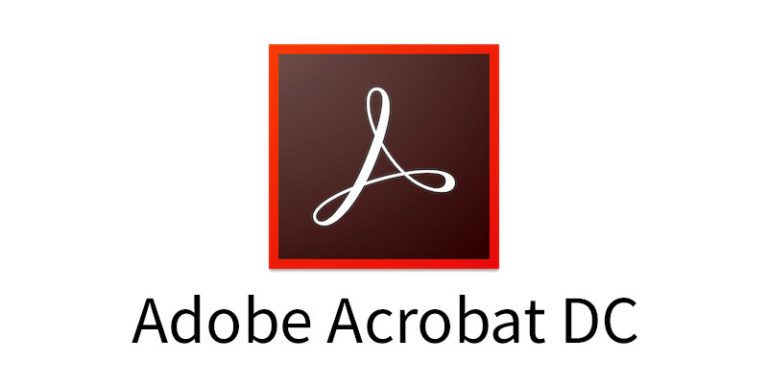
Warming up your mail isn’t just about the technical side of things, coordinating the daily volume of mail build-up. It’s all about the simple but important decisions that affect the quality of opens, of user engagement. Increasing that engagement, and therefore improving your email warmup rates, can be done in simple steps. But to do so, you’re going to have to work hard. And follow a few tips for warm up emails.
Do not use URL shortening services
This might seem strange, because everyone recommends that you keep your texts short and your links simple and short. But the problem is that URL shorteners are available to spammers. They are often used to distribute irrelevant newsletters and spam attacks. That’s why such addresses may be included in “blacklists”, which are used, among other things, by email services. If the check is thorough, then the letter is not threatened. However, such a mailing can often fall victim to unscrupulous spammers.
Send e-mails from different mailboxes if they contain service or advertising information
You should not mix mailing for promotional purposes and letters that can be used to send bills, service notices. Such a mix will be considered by postal services as an unfair use of the mail service. And that means the mailing will get into spam or may be in danger of being blocked altogether during delivery.
Apply a unified brand style
When designing your letter, focus on a unified brand. Even in the layout of the documents, the style of the links or illustrations. This is important so the email doesn’t get filtered out into spam. A user may think the changed design is “fake” to his favorite brand or part of a spam attack. So don’t play with the stereotypical view of the brand, product, or service that is ingrained in the recipient of the mailing. If there is a desire for change, you should start them very gradually and without changing more than 10-15% of the design.
Newsletter content: stay the course
Write to the point: Don’t go into emotion or publish a data summary in the newsletter if it’s not relevant to the type of newsletter you’re sending out. Trying to “cheer up” a user with a photo of cute kittens or a beautiful landscape is commendable. But only where it won’t look alien. Reporting on a company’s performance in a weekly newsletter of tips on healthy and wholesome food is nowhere near good newsletter content. You could lose 15-20% of your subscribers in one evening. They will simply stop reading the messages or send them to spam. It will be much harder to regain trust than to keep your content, original, but distinctive presentation of information.







